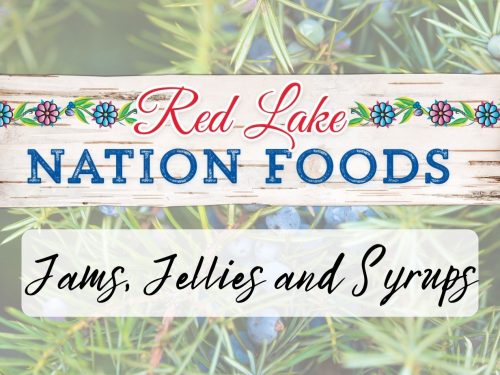
When thinking of wild rice, what do you imagine? A multicolored side dish on a plate? Well, it turns out that wild rice is an ancient grain that ironically is not rice but aquatic grass. It grows in the Great Lakes area of the US and has been vital to Native American diets. The Wild Rice many people eat today is cultivated and was developed in 1970 by a rice farmer named Vince Vanderford. But how does wild rice compare to brown and white rice in terms of nutrition?
Wild Rice: The Not-So-Wild Grass
Wild rice, surprisingly, is not rice. It is a type of wheatgrass. Like rice, it grows in flooded soil. It’s native to the Great Lakes area and has been cultivated since 1970. The wild rice, planted in cultivated paddies, produces yields ranging from 1200 to 2000 pounds per acre.
If you wish to naturally harvest Wild Rice you must have a license or a tribal ID and it must be done using traditional methods with a canoe and sticks called “knockers.” It is then processed by letting it dry, roasting it over a fire and then stepping or dancing on it, known as “jigging” to release the grain from the hull. The rice can also be processed into flour for pancakes and bread. Grown for its stalk and not its grain in Asia, wild rice is eaten as a vegetable there. Additional edible grasses similar to wild rice include wheat, oats, corn, rye, sugar cane, barley, sorghum, millet, and bamboo.
What to Know About White and Brown Rice
Color aside, brown and white rice have many differences. Brown rice is the purest form of rice because it remains intact and includes the germ, the bran, and the endosperm. It is known as whole grain rice. The natural color of the grain is brown, which is where brown rice gets its name. However, whole grain rice can be grown in other colors, including purple, red, black, and brown. Brown rice has a chewy texture and a nutty flavor and takes longer to cook than white rice.
White rice is the same species and general variety as brown rice and is white due to processing. White rice was once brown, but it has been polished and milled to remove the germ and bran layers. Unfortunately, this process causes the rice to lose nutrients, so iron and B vitamins must be added back afterward.
Why Is Rice Good for You?
A good source of nutrients, rice is a rich whole grain good as a side to any meal. It is relatively inexpensive and can be cooked in a variety of ways. The debate sometimes arises as to which type of rice is best for you, especially white rice or brown rice.
White rice could help with digestive problems and people with sensitive stomachs. Brown rice helps improve glucose levels in the blood and encourages metabolic health. Brown rice has more nutrients than white rice, but rice in general, as part of a healthy balanced diet, can be a beneficial healthful addition.
How Healthy Is Wild Rice?
Wild rice is higher in protein than the majority of other whole grains. It is rich in vitamin B, fiber, antioxidants, folate, phosphorus, niacin, magnesium, zinc, and manganese. Wild rice grain is an excellent nutritional source, especially over other grains like white rice, corn, and wheat. Benefits include:
- High Protein: Wild rice is an excellent source of plant-based protein.
- Gluten-Free: It’s a safe choice for those with gluten sensitivities.
- Good for Cardiovascular Health: The nutrients in wild rice support heart health.
- Rich in Antioxidants: These compounds protect your cells from damage.
- Digestion Friendly: The fiber in wild rice aids in digestion.
- Nearly a Complete Protein: It contains most essential amino acids.
When wild rice is compared to brown or white rice, it has higher lipid values, more dietary fiber, and double the content of protein.
Are There Any Downsides to Wild Rice?
A report released by the FDA in 2013 confirmed domestic rice is a risk factor for arsenic exposure. Wild rice is technically not rice, but it was a part of the study. Results showed it contained more arsenic than white rice but not as much as brown rice. Extended exposure to arsenic risks future lung, skin, bladder, and heart problems. To decrease this risk, vary the types of rice you eat, and rinse the rice well before you cook it.
How to Buy Wild Rice
You are in the right place if you are looking to buy wild rice! Right here on our Nawapo site we carry a dozen different types of wild rice, from MN cultivated to wood parched, which mimics the traditional processing of wild rice, Canadian lake long grain, soup bits, and mixes like brown and wild and wild and basmati. We also carry wild rice pancake mix, wild rice flour and just added My Secret Garden mixes that utilize wild rice.
In conclusion, wild rice, despite not being actual rice, offers numerous health benefits due to its nutritional richness. It’s a versatile and tasty option for those looking to incorporate more whole grains into their diet. However, it’s essential to be aware of the potential arsenic content and take precautions when cooking and consuming wild rice. So, go ahead and enjoy this unique and nutritious grain as part of your balanced diet!










